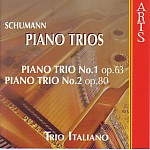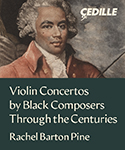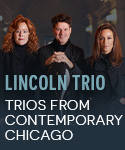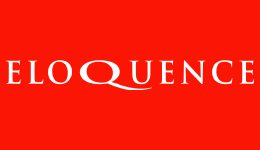Trio Italiano offers solid performances of Schumann’s first two piano trios that stand out for sensitive balances, expertly synchronized rubatos, and gorgeously shaded soft playing. A good example of the latter can be found in the shimmering high-register passage that occurs in the D minor Trio’s first movement (approximately 6 minutes and 39 seconds into it). Yet the proverbial big picture often seems generalized and square. The ensemble’s heavier-footed, lower voltage response to the composer’s requests for fire, energy, and passion fall short of the impulsive sweep and continuity that the Abegg and Beaux Arts Trios respectively generate. Comparative listening particularly illustrates my point in the outer movements and in regard to certain details elsewhere. For instance, take the chromatic dotted-rhythm motive in the D minor’s second movement. The Abegg, Beaux Arts, Parnassus, and Vienna Brahms Trios shape it with galvanizing nervous energy in contrast to the Trio Italiano’s relatively flat and uninflected rendition. To sum up: in the face of formidable catalog competition, the Trio Italiano serves Schumann well, if not ideally.
































